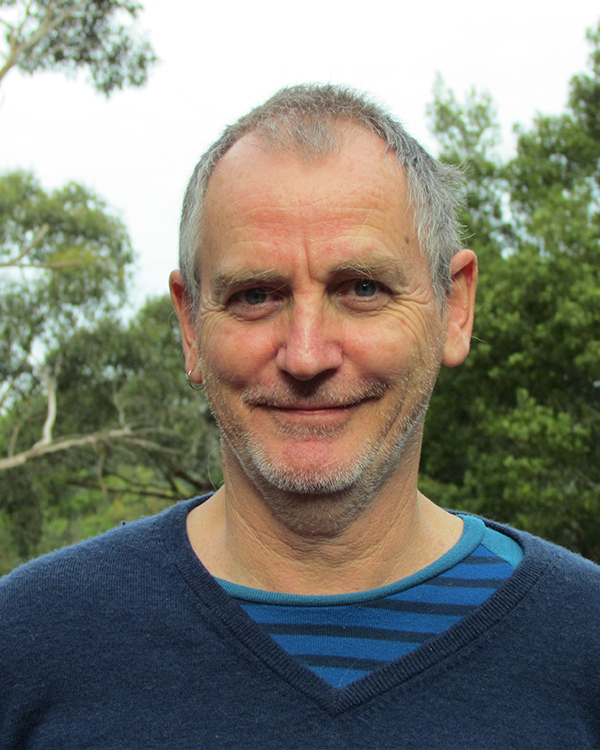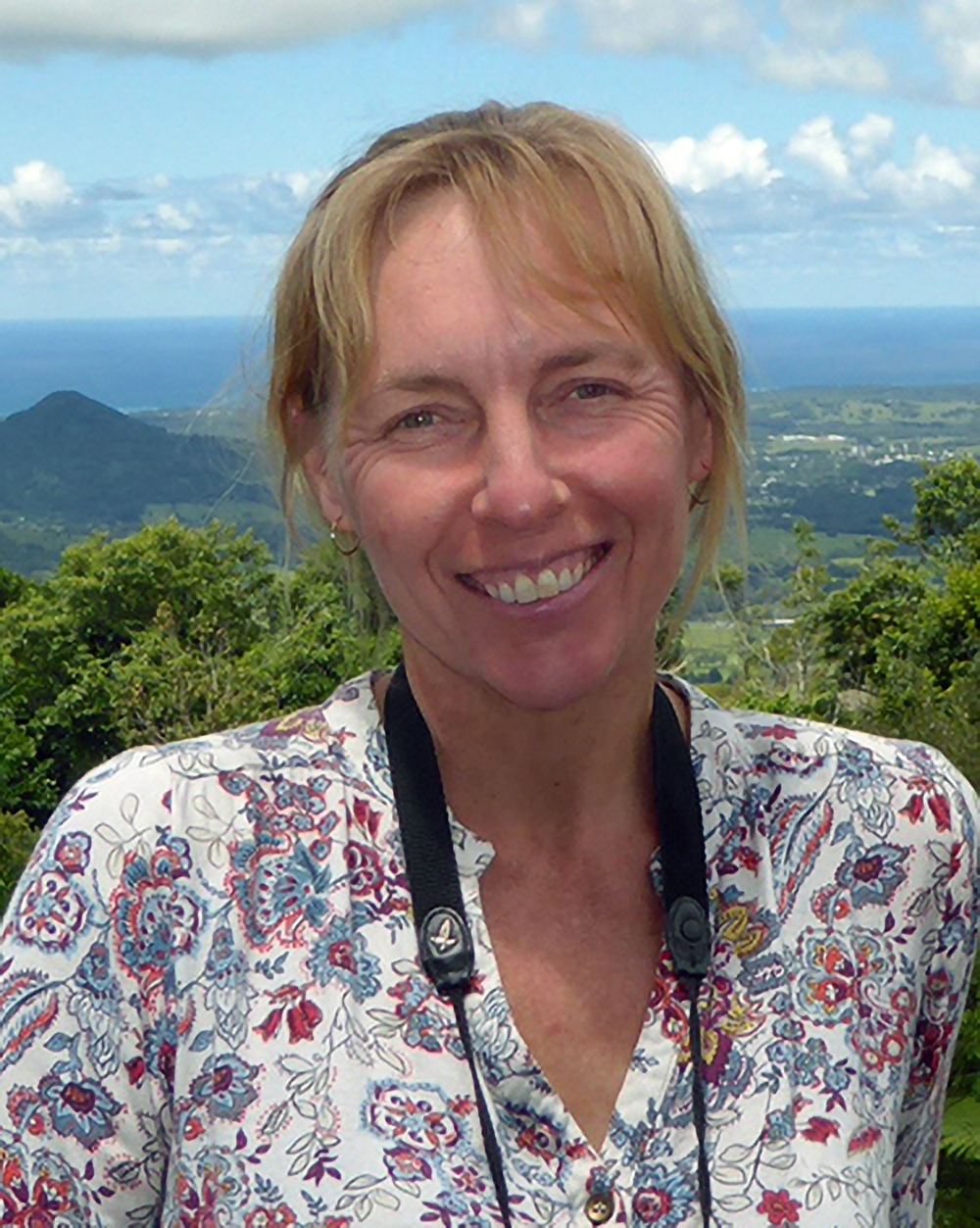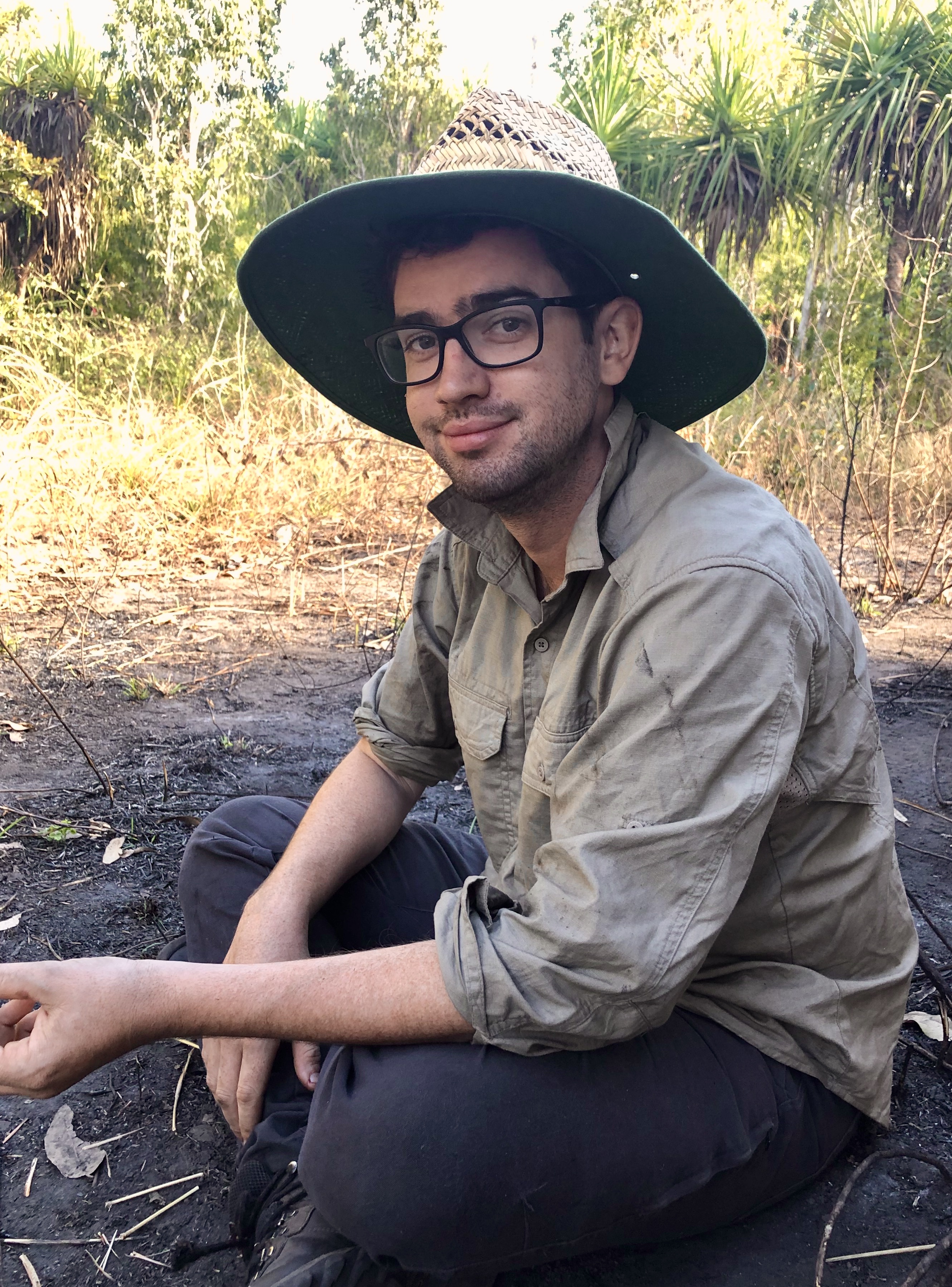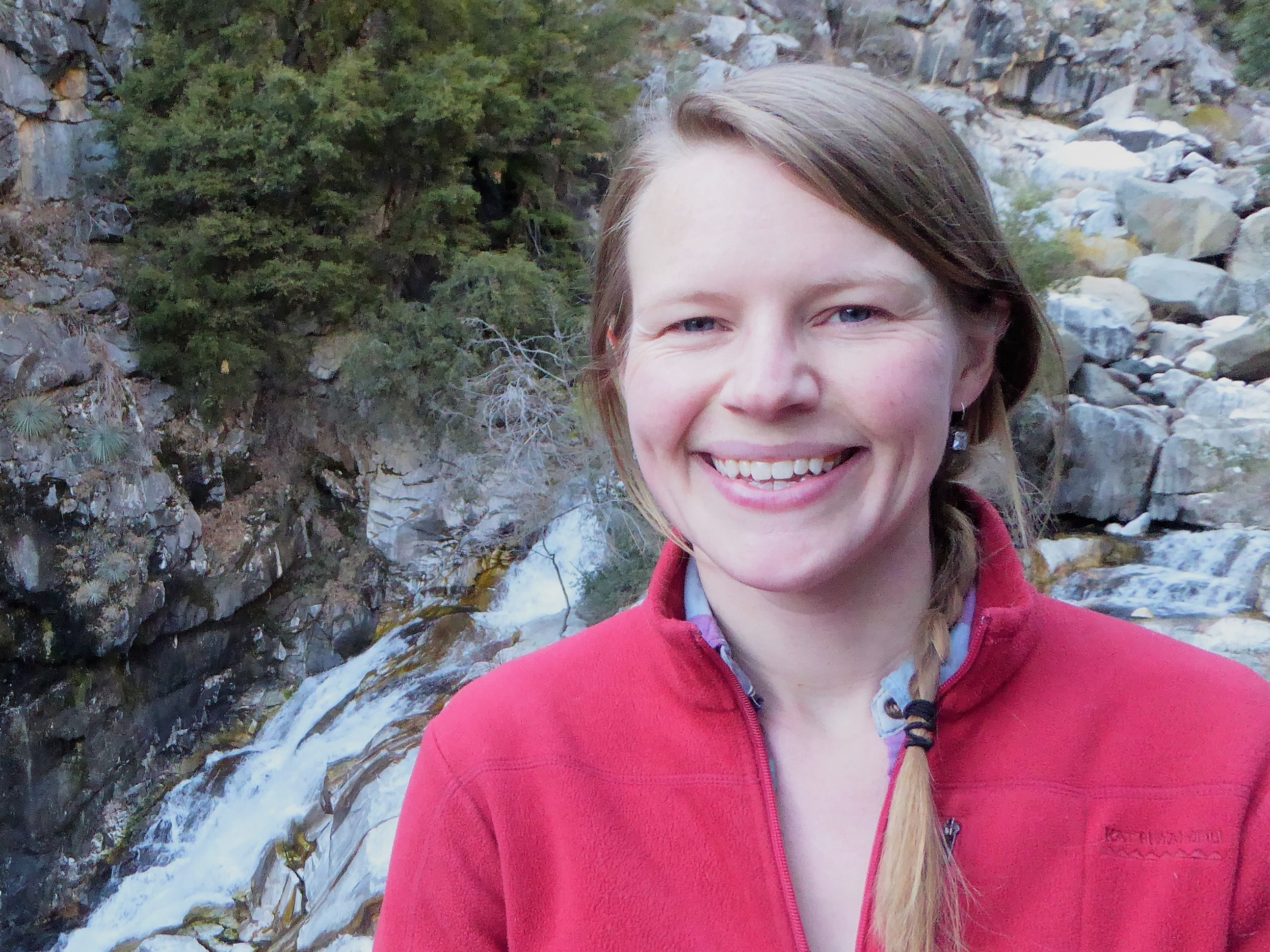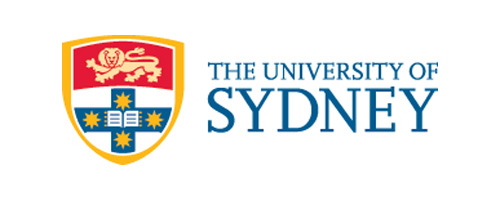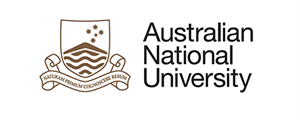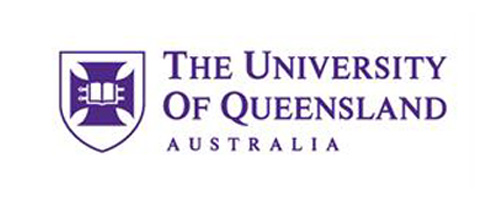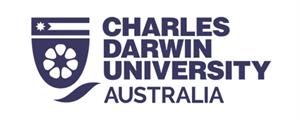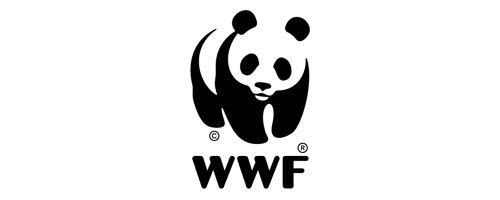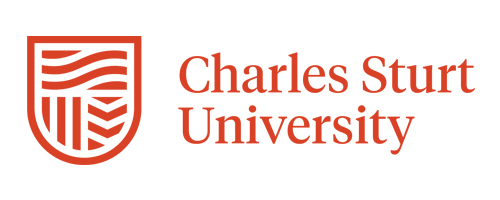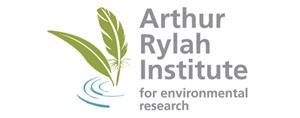
Project: 8.3.4
Estimating wildlife mortality during bushfire
Project Leaders: Dale Nimmo , Chris Dickman
Research in Brief
The prediction by Professor Chris Dickman that more than 1 billion (and later 3 billion) animals were killed in the 2019–20 bushfires helped focus the world’s attention on the plight of Australia’s wildlife. Yet these predictions were admittedly “back of the envelope”, based on research from the mid-2000s that used animal density estimates to predict the mortality of birds, reptiles and mammals due to land clearing. However, such mortality estimates may not be directly applicable to fire-induced mortality because some animals can survive fires, depending on their traits, the environment, availability of refuge habitat and the fire’s intensity. This project will review the literature on wildlife mortality during fire and help provide a framework for obtaining rapid mortality estimates during future fires in Australia and around the world.
Why is the research needed?
Billions of animals were caught in the path of the 2019–20 bushfires, yet we have little understanding of what proportion of these animals died during and following the fires. Such an understanding is critical to estimating the overall impacts of the fires on wildlife, including threatened species, and the likely time to recovery. This project will help fill this gap by systematically reviewing the literature on fireinduced wildlife mortality.
How will the research help?
This project will highlight the scale of impacts on vertebrate animals during the 2019–20 bushfire season, and strongly complements NESP Threatened Species Recovery Hub Project 8.3.2. We will review data on fire-induced wildlife mortality to help enumerate the scale of fire-induced wildlife mortality and reveal the species that have likely suffered the largest population declines due to the fires. It will thereby refine understanding of which species are in most urgent need of on-ground conservation actions, help provide more resolution for assessments of changes in conservation status, and provide a framework for obtaining rapid mortality estimates during future fires in Australia and around the world.
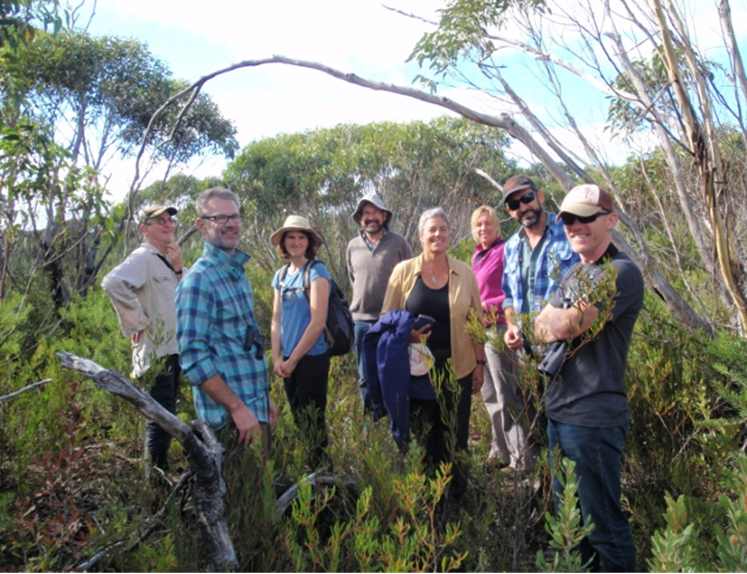 Kangaroo Island, two years before the fire. Left to right: John Woinarski, Jody Gates, Rosie Hohnen, Peter Copley, Robyn Molsher, Sarah Legge, Brett Murphy, Dan Rogers. Image: Chris Dickman
Kangaroo Island, two years before the fire. Left to right: John Woinarski, Jody Gates, Rosie Hohnen, Peter Copley, Robyn Molsher, Sarah Legge, Brett Murphy, Dan Rogers. Image: Chris Dickman
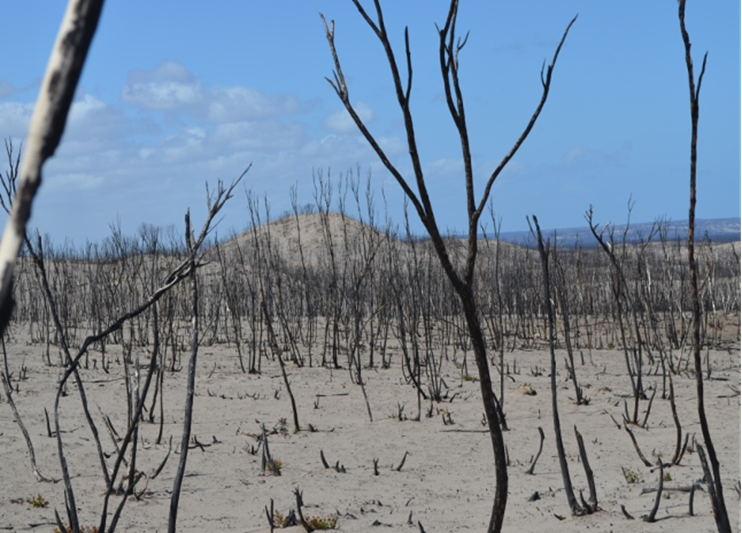 Kangaroo Island, a month after the fire. Image: Chris Dickman
Kangaroo Island, a month after the fire. Image: Chris Dickman
What research activities are being undertaken?
In this project, we will:
- undertake a systematic review and analysis to improve estimates of the impacts of fire on animal mortality
- refine a modelling framework for estimating species’ density in fire-prone ecosystems
- combine our findings with fire maps to make better estimates of wildlife mortality during fires.
This approach and modelling framework will provide:
- Enhanced understanding of the how many animals are typically killed by fire, and how it varies depending on species traits, environment, and fire intensity.
- A method for rapidly estimating wildlife mortality during future megafires.
- Insights into the likely time to recovery for threatened species.
Who is involved?
This project involves collaboration between researchers with expertise in different vertebrate animal groups from Charles Sturt University, The University of Sydney, Charles Darwin University, The Australian National University and The University of Queensland.
Where is the research happening?
The project consists of desktop analyses, with findings that will apply across fire-affected regions of southern and eastern Australia.
When is the research happening?
The project will run from January 2020 to June 2021.
More Information
For more information please contact:
Dale Nimmo dnimmo@csu.edu.au
Top image:A Leadbeater’s possum killed by bushfire while sheltering in a nest box in Mountain Ash Forests. Image: Doug Beckers, Flickr CC BY-SA 2.0
-
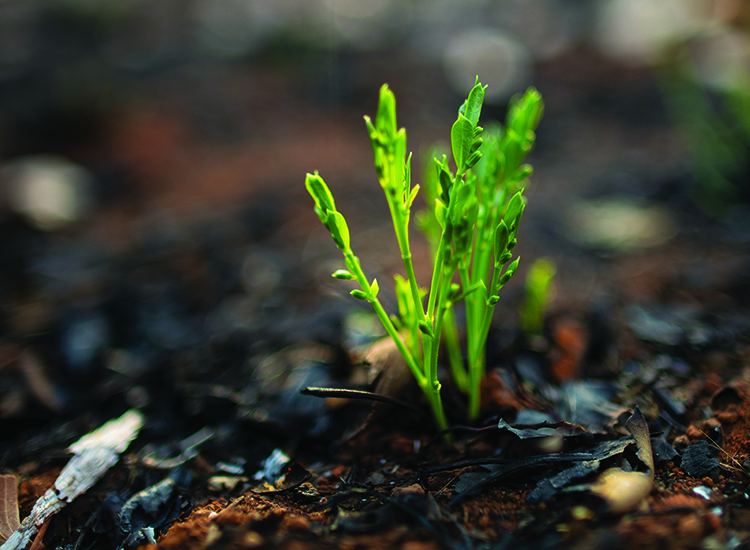
From the ashes: The 2019–20 wildfires and biodiversity loss and recovery
Monday, 31 August 2020 -
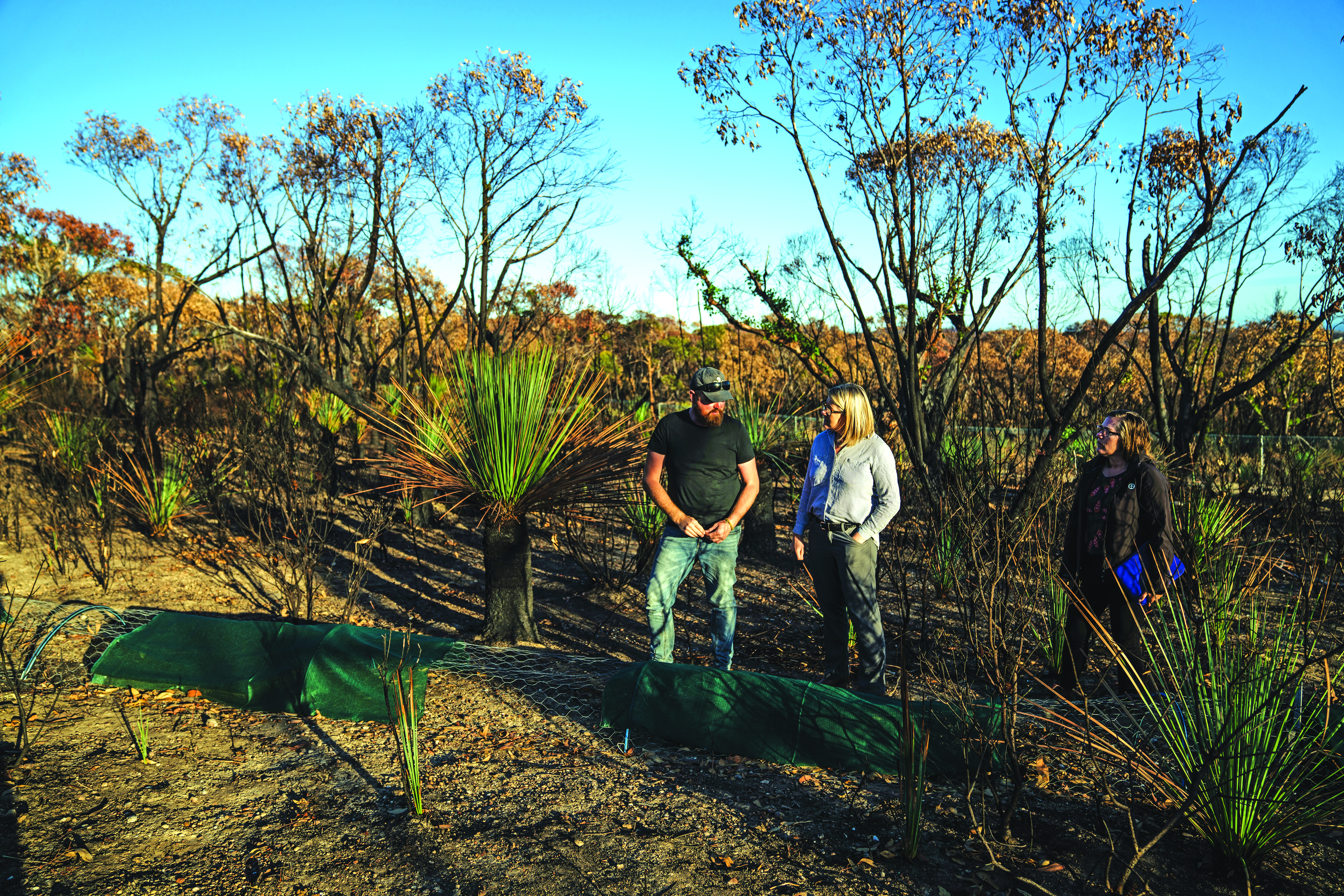
Rapid action to save species after the fires
Monday, 31 August 2020 -
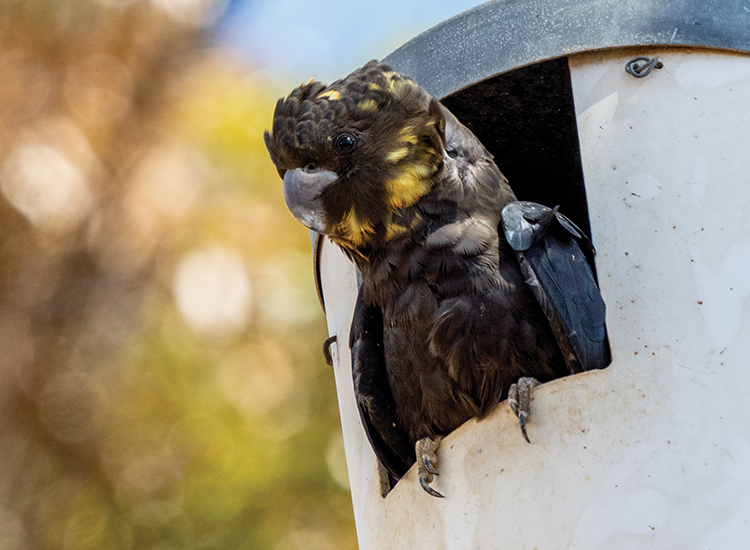
Prioritising action for animal species after the fires
Tuesday, 01 September 2020 -
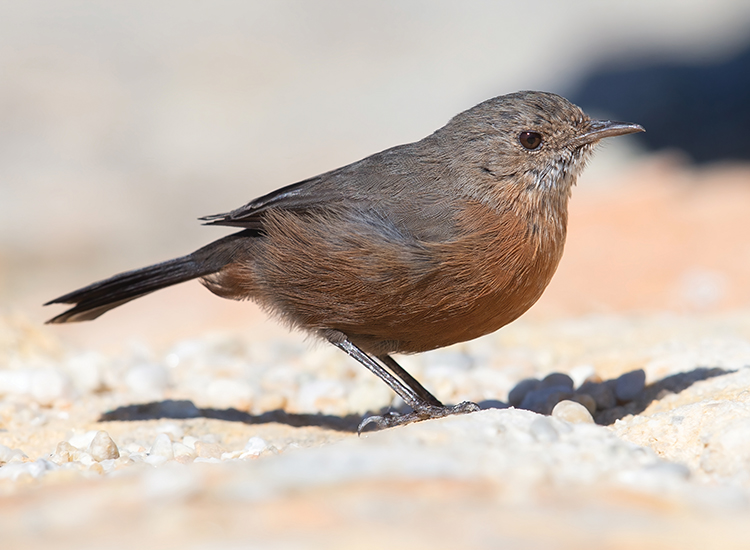
Protecting persistence: Listing species after the fires
Tuesday, 01 September 2020


